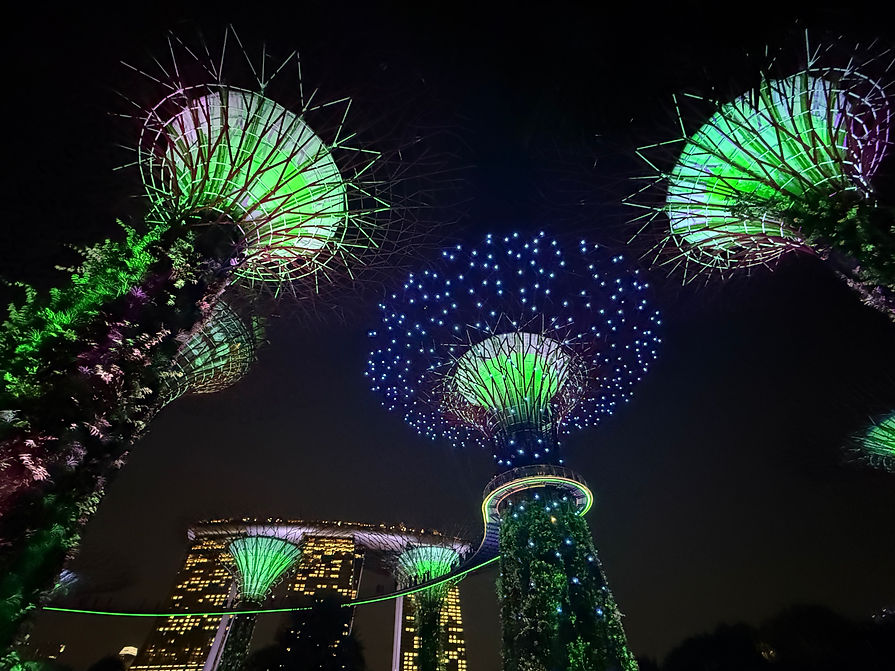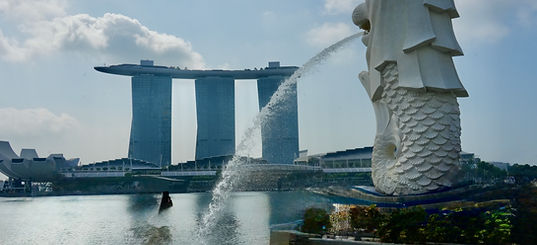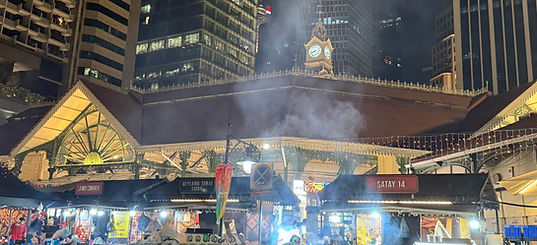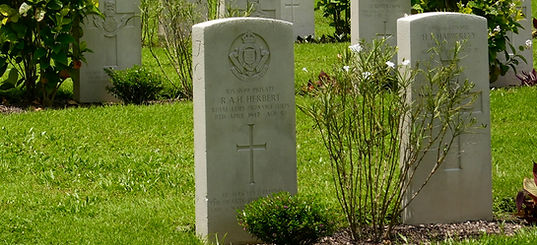
SINGAPORE
Singapore is a city-state that is beautiful and complex, like a fine wine. Its history and culture goes back to 1819 when the British founded it as a trading post. The population is comprised of a majority of Chinese, followed by Malaysian and Indian people who combined make Singapore a unique and special place to visit.
FEATURED LOCATIONS
RECENT LOCATIONS
There are many historic sites along the Singapore River, such as The Fullerton Hotel, the Old Parliament House, Chinatown, and Little India to begin your tour of Singapore. The list goes on...

The Republic of Singapore is an island nation and city-state located at the southern tip of the Malay Peninsula. Its modern history began in 1819 when Stamford Raffles founded it as a trading post for the British Empire. Singapore was occupied by Japan in 1942 and returned to British rule in 1945. It achieved self-governance in 1959 and joined the federation of Malaysia in 1963, but ideological differences led to its expulsion in 1965. Despite lacking natural resources, Singapore has become a significant hub for aviation, finance, and maritime shipping. Singapore excels in key social indicators such as education, healthcare, quality of life, personal safety, infrastructure, and housing, boasting a home-ownership rate of 88%.

We visited several key attractions, such as the light show at the Gardens by the Bay, had dinner at a hawker center (a local gathering of street food vendors), and even drove through the red-light district. The city lights up beautifully at night.

The Singapore Botanical Gardens is a UNESCO World Heritage Site.The gardens were breathtaking, featuring a diverse array of tropical plants, enormous fig trees, Ficus, a small rainforest, and a magnificent orchid garden.

The fall of Singapore during World War II occurred in February 1942 when the British surrendered after just a week of fighting. The Japanese had strategically outmaneuvered them, despite having only a third of the troops.



